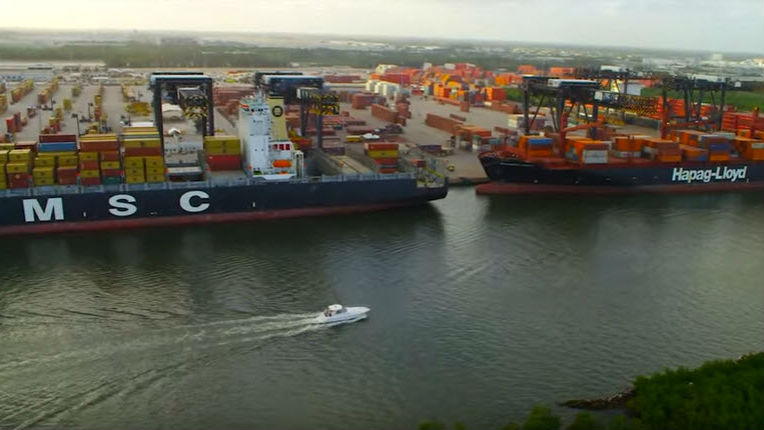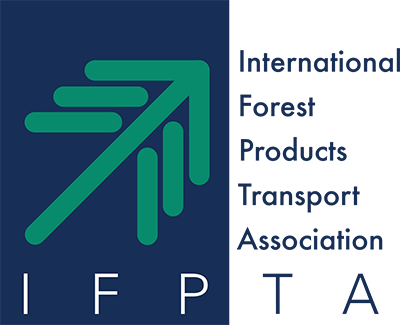AAPA and MARAD Release New Port Planning Toolkit
April 13, 2017 The U.S. Port Planning and Investment Toolkit (PPIT) has been updated with new sections on planning, feasibility and finance. “AAPA recognized the infrastructure project needs and funding concerns faced by America’s ports,” said Kurt Nagle, AAPA’s president and CEO. “To help solve these challenges, we jointly brought together a host of experts to develop an easy-to-read, easy-to-understand and easy-to-execute resource to help ports get to the point of bidding out a plan for the modernization and upgrades they need to handle both their current and future demands.” He added: “The capabilities to handle the mountains of freight that move through America’s seaports each year require costly investments. Although ports have a history of public-private partnerships to develop and operate their facilities, funding vital intermodal freight projects is requiring them to engage with a larger cast of public and private partners.” In commenting on the toolkit, Joel Szabat, MARAD’s executive director, said, “The development and enhancement of our maritime transportation system is a crucial component in the continued growth of our nation’s economy. Forward-thinking and planning will enable our ports to further support jobs, trade and commerce for American communities.” The PPIT was built around modules on planning, refining and funding projects, with the goal of navigating the best course of action for tackling these challenges in a more comprehensive and user-friendly way. The new Planning Module provides guidance on identifying factors that must be addressed when planning a potential port project. The module provides clearly defined steps and requirements of the planning process needed for successfully financing a project. The new Feasibility Module addresses the process of refining a project plan by considering all aspects of cost, risk and reward. The module includes approaches for measuring and evaluating the benefits and costs of project alternatives created during the planning stage. The revised Financing Module describes different approaches for evaluating project funding and financing strategies and identifying ways to obtain grant funding and public/private financing. It includes examples of financing strategy solutions designed to address a variety of needs. The PPIT project began in September 2014 after MARAD joined AAPA in a cooperative agreement to work together in developing a port investment plan guidance, complete with references and best practices.
Source: Maritime Executive |
